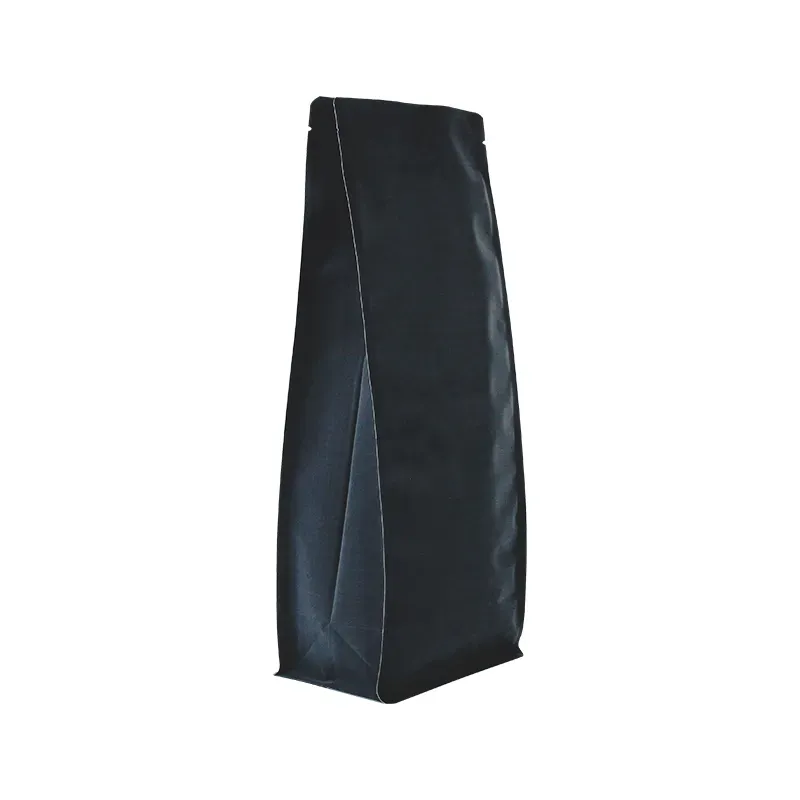what are non woven fabrics
Understanding Non-Woven Fabrics An Overview
Non-woven fabrics are versatile materials that have become an integral part of various industries, from fashion to healthcare. Unlike traditional woven fabrics, which are created by interlacing threads, non-woven fabrics are made by bonding fibers together through mechanical, thermal, or chemical processes. This unique production method gives non-woven fabrics distinct characteristics and applications that set them apart from woven and knitted textiles.
Production Methods
There are several methods used in the production of non-woven fabrics. The most common techniques include
1. Dry Laid This method involves the use of carding machines to create a web of fibers that can then be bonded together. The fibers are laid out in a random pattern, resulting in a lightweight fabric.
2. Wet Laid In this process, fibers are suspended in water and then laid onto a screen where they are bonded through a felting or chemical process. Wet-laid fabrics tend to have superior strength and a softer feel.
3. Spunbond This popular method involves extruding molten polymer fibers that are laid down in a web formation. Spunbond fabrics are known for their high durability and are commonly used in items like diapers and surgical gowns.
4. Meltblown This technique involves blowing molten polymer through a nozzle, creating microfibers that are collected into a non-woven fabric. Meltblown fabrics are often used for filtration applications due to their fine fiber structure.
Each of these methods contributes to the diverse types of non-woven fabrics available in the market today, making them suitable for a wide range of applications.
Characteristics of Non-Woven Fabrics
Non-woven fabrics offer several advantages, including
- Cost-Effectiveness The manufacturing processes are generally less expensive than traditional weaving, leading to lower production costs
.- Lightweight Many non-woven fabrics are lighter than their woven counterparts, making them ideal for applications where weight is a critical factor.
what are non woven fabrics

- Versatility These fabrics can be produced in various thicknesses, densities, and textures, allowing for customization based on specific needs.
- Breathability Non-woven fabrics can exhibit excellent breathability, making them suitable for medical and hygiene products like masks and gowns.
- Barrier Properties Certain types of non-woven fabrics possess barrier properties, making them effective for protective clothing and medical applications.
Applications
The applications of non-woven fabrics are vast and varied
1. Medical Industry Non-woven fabrics are extensively used for masks, surgical gowns, drapes, and dressings, providing essential barrier protection against contaminants.
2. Geotextiles In construction and landscaping, non-woven fabrics are used for soil separation, erosion control, and drainage applications.
3. Hygiene Products Many everyday hygiene products such as diapers, feminine care items, and adult incontinence products utilize non-woven materials for their absorbency and softness.
4. Automotive Industry Non-woven fabrics are also integrated into vehicles, serving as insulation, sound dampening materials, and interior linings.
5. Fashion and Upholstery With the rise of sustainable fashion, non-woven fabrics made from recycled materials are gaining traction for use in clothing and accessories.
Conclusion
Non-woven fabrics represent a remarkable innovation in textiles, offering unique benefits and diverse applications. As technology continues to evolve, the versatility and functionality of non-woven fabrics are expected to expand even further. Their ability to meet specific industry needs while maintaining cost-effectiveness makes them a valuable material in our modern world. Understanding non-woven fabrics is crucial for anyone involved in industries where performance, safety, and sustainability are priorities. As we continue to explore new possibilities, the potential for non-woven fabrics is limited only by our imagination.













